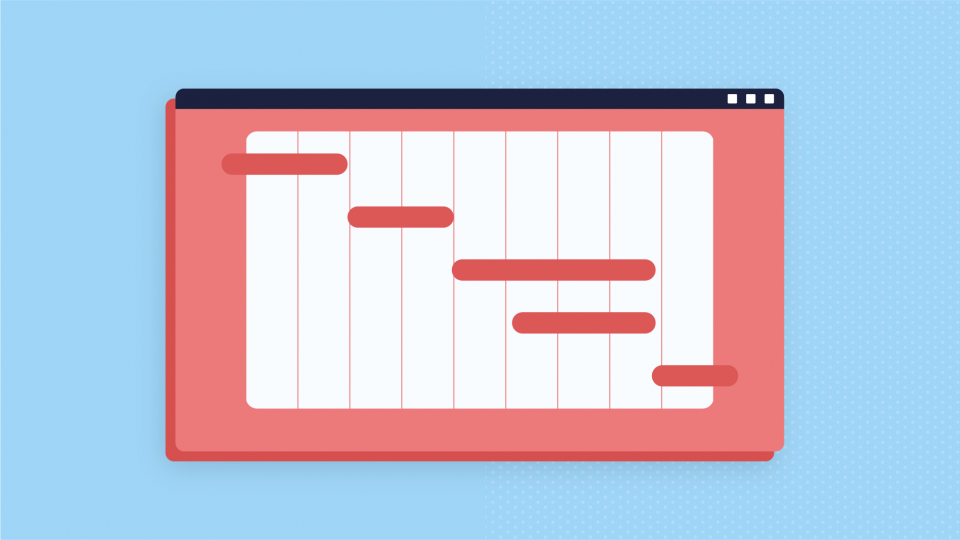For those who are new to the concept of an Gantt chart is a specific kind of bar chart that has been designed to display the schedule of a project. Its main function is to display a timeline of a project as well as its various elements that include tasks, subtasks, goals and milestones. The success of any project depends upon this visual.

The Gantt chart is a valuable instrument for project management due to its clarity of sight. Team members and project managers can effortlessly identify the critical way to project’s completion thanks to the chart’s ability to show dependencies and timelines. This involves knowing which tasks need to be completed prior to what else needs to be done concurrently, and where potential bottlenecks could arise.
The critical path is a sequence of tasks that, if not completed in time, would extend the project’s timeline. It is important to find and manage the critical path in order to ensure that projects are on the right schedule. Gantt charts simplify this process and make it easy. Through the analysis of the chart project managers can pinpoint the critical tasks and assign resources accordingly to stop delays.
A Gantt chart typically consists of a horizontal timeline which depicts the length of a task, with vertical bars or lines to mark the tasks and their start and finish dates. Each task is represented as a bar, and dependencies between tasks are shown by the position of these bars. Milestones typically are marked by using specific colors or symbols. They signify important projects’ achievements.
Gantt charts can be beneficial for project managers. They can also aid in collaboration among teams. The project’s timeline as well as the individual responsibilities, are readily available to all team members. This shared understanding of project goals and progress creates an environment for collaboration where everyone is on the same team.
Gantt charts can be used to monitor the progress of projects. The team members and the stakeholders can assess the current status of their respective tasks and the overall project from just a glance at the chart. This real-time visibility ensures that any possible delays or issues can be quickly identified, allowing timely adjustments and mitigations.
The versatility of gantt chart extends to various project types and industries. Gantt charts are a flexible system that can be adapted to your specific needs, whether you’re managing software development projects that have many coding tasks or construction projects that require complex dependencies or marketing campaigns with numerous deliverables.
Gantt Charts: A Magical Tool for Project Success
Imagine that a project manager begins a construction project for an office building. The construction project may be very complex with everything from foundation laying to preparation for the site, through interior design and landscaping. Delays at any stage could affect the time to complete.
With the aid of a Gantt Chart Project managers can organize and monitor each stage with precision. Dependencies become clear the foundation work should be completed prior to designing the interior while landscaping can be initiated in tandem with other tasks. The critical path, perhaps comprised of structural work is identified and resources are allocated accordingly.
Project Management Tools of the Best: Gantt Charts in Focus
Gantt Charts are an important tool in project management. These visual aids help in project planning, execution and monitoring. They allow teams to collaborate and align their efforts to project goals, and respond promptly to any deviation from the plans.
Gantt Charts: Ensure that you keep your projects on time
Gantt Charts are different because they ensure that projects are on time and on budget. Gantt charts give a complete and clear overview of timelines of projects, dependencies, and critical paths. This allows project managers and their team members to make quick and informed decisions.
In the ever-changing world of project management, in which unexpected challenges and changing priorities are the norm however, the Gantt chart has remained a constant ally. Its simplicity, versatility, and the ability to visualize accomplishment make it an indispensable tool for any project manager who wants to strive for excellence. So, if you’re about to embark on a journey to manage your project you should consider harnessing the power of a Gantt chart to tap into your project’s full potential and ensure that it is delivered on time every time.